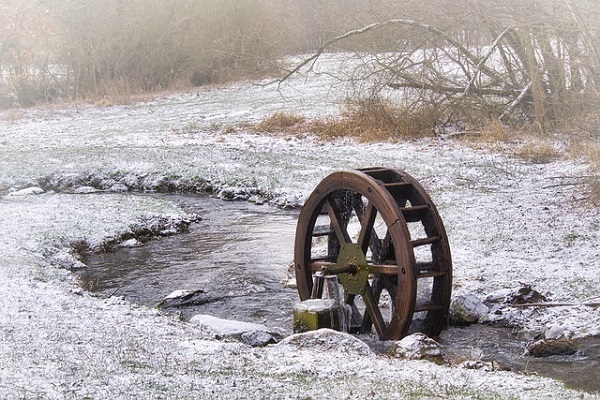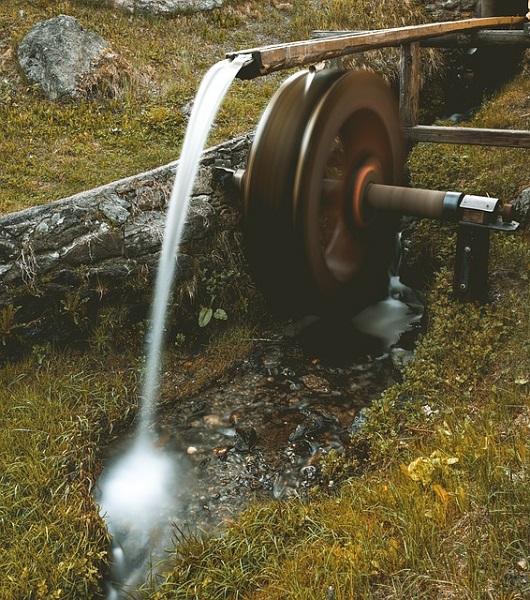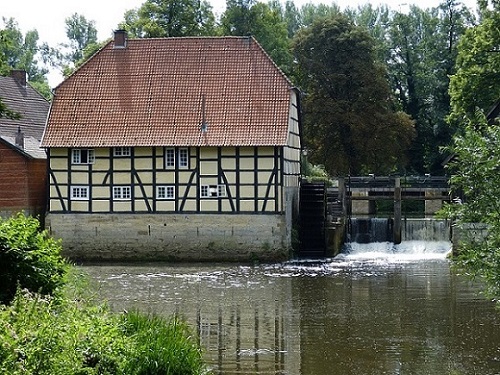Building Your Own Homestead Hydropower: A Detailed Guide
Creating a homestead hydropower system is an exciting and sustainable way to generate electricity. This guide will walk you through the steps, from finding the right land to choosing the appropriate equipment. Let’s dive in!
1. Finding the Right Land
Location and Water Source
To set up a hydropower system, you need land with access to a stream or river that flows year-round. The stream should have a consistent flow rate and a sufficient drop (head) to generate electricity.
Resources for Finding Land

- LandWatch: This site allows you to search for land with specific features, including water access. Visit LandWatch to start your search.
- Zillow: A popular real estate platform where you can filter properties by water access. Check out Zillow.
- United Country Real Estate: Specializes in rural properties, including those with streams and rivers. Explore their listings at United Country Real Estate.
- Prepping Communities: Land For Sale or Property and Real Estate categories.
2. Assessing Your Water Source
Measuring Flow Rate and Head

To determine if your water source is suitable for hydropower, you need to measure the flow rate (the volume of water passing a point per second) and the head (the vertical drop of the water). Here’s how:
- Flow Rate: Use a flow meter or a simple float method to measure how quickly the water flows.
- Head: Measure the vertical drop using a level and a measuring tape.
Resources for Water Assessment
- Microhydropower Systems: A Buyer’s Guide: This guide by the US Department of Energy provides detailed instructions on measuring flow rate and head. Download it here.
3. Choosing the Right Equipment
Types of Hydropower Systems

There are several types of hydropower systems to choose from:
- Run-of-the-River: Suitable for streams with a consistent flow and low head.
- Pumped Storage: Requires a larger initial investment but provides reliable power.
- Microhydropower Systems: Ideal for homesteads with smaller water sources.
Equipment You Will Need
- Turbine: Converts water flow into mechanical energy.
- Generator: Converts mechanical energy into electrical energy.
- Inverter: Converts the electricity to a usable form for your home.
- Penstock: A pipe that directs water to the turbine.
Where to Buy Equipment
- Alternative Energy Store: Offers a wide range of microhydropower kits and components. Visit Alternative Energy Store.
- Backwoods Solar: Specializes in renewable energy systems for off-grid living. Check out their hydropower section at Backwoods Solar.
- Home Power Magazine: Provides reviews and recommendations for hydropower equipment. Explore their resources here.
- Microhydropower Systems: Energy.gov. Explore their website here.
4. Installation and Maintenance
Installation Steps

- Site Preparation: Clear the area and ensure safe access to the water source.
- Equipment Setup: Install the penstock, turbine, generator, and other components.
- Electrical Connections: Connect the system to your home’s electrical grid or battery storage.
Maintenance Tips
- Regular Inspections: Check for debris and wear in the turbine and penstock.
- Flow Monitoring: Ensure the flow rate remains consistent, especially during dry seasons.
Resources for Installation and Maintenance
- Hydropower Basics: A comprehensive guide by the US Department of Energy. Access it here.
- DIY Hydropower Projects: A collection of projects and tips for building and maintaining hydropower systems. Visit Build It Solar.
Conclusion
Creating your own homestead hydropower system is a rewarding endeavor that can provide reliable, sustainable energy for your home. By finding the right land, assessing your water source, choosing the appropriate equipment, and following proper installation and maintenance procedures, you can harness the power of water to meet your energy needs.
For further reading and resources, explore the links provided throughout this guide. Happy homesteading!
Feel free to reach out if you have any questions or need additional information on specific topics.


Check out the links to find some really valuable information on Microhydropower Systems: Ideal for homesteads with smaller water sources!